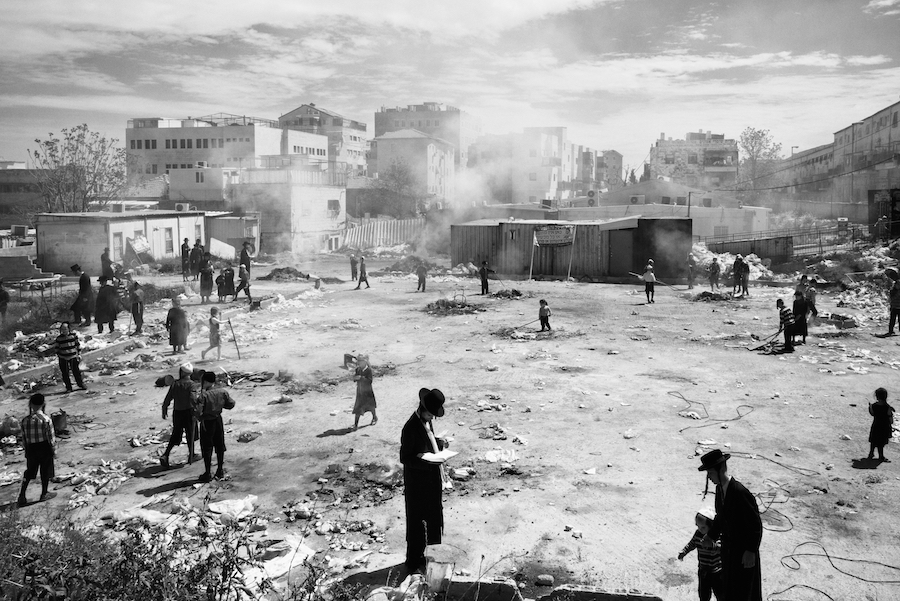People: 1st Place Winner 2017 (professional)
ENTRY DESCRIPTION
Mea Shearim was established in 1874 as the fifth settlement outside the walls of the Old City of Jerusalem. Its name is derived from a verse in the weekly Torah portion that was read the week the settlement was founded: "Isaac sowed in that land, and in that year he reaped a hundredfold ( Mea Shearim); God had blessed him" (Genesis 26:12). Mea Shearim remains today loyal to its old customs and preserves its isolation in the heart of Jerusalem while trying to stave off the modern world; it is in a way, frozen in time.
Houses that were built over 100 years ago stand alongside a few new ones. The life of the Hassidic community revolves around strict adherence to Jewish law, prayer, and the study of religious texts. The majority of the people are Ashkenazim and In addition to some well-to-do family, there are also many needy ones that are helped by local charity institutions.
Traditional dress code for men and boys includes black frock coats and black hats. Long beards cover their faces and many grow side curls called “payots”. Women and girls urged to wear what is considered to be modest dress – knee-length or longer skirts, no sleeveless blouses or bare shoulders. Married women wear a variety of hair coverings, from hats to wigs and headscarves. The common language of daily communication in Mea Shearim is Yiddish, in contrast to the Hebrew spoken by the majority of Israel’s Jewish population. Hebrew is used only for prayer and religious study, as they believe it is a sacred language used only for religious purposes.
This is the story of the ongoing battle between the old and the new, the past versus the present, this is the everyday life of a city within a city.
AUTHOR
Ofir Barak was born in Jerusalem, Israel, in 1982. In 2011, he completed his B.A. from the open university of Israel in Humanities. In 2014, after self thought his way with a camera, he began working in a multi layered project regarding religion and coexistence in Jerusalem, Israel. His work largely concentrates on the three major religions in the city - Judaism, Christianity and Islam and the people behind them. His work has won numerous awards and mentions and is exhibited in both personal collections and galleries across the world.
back to gallery
